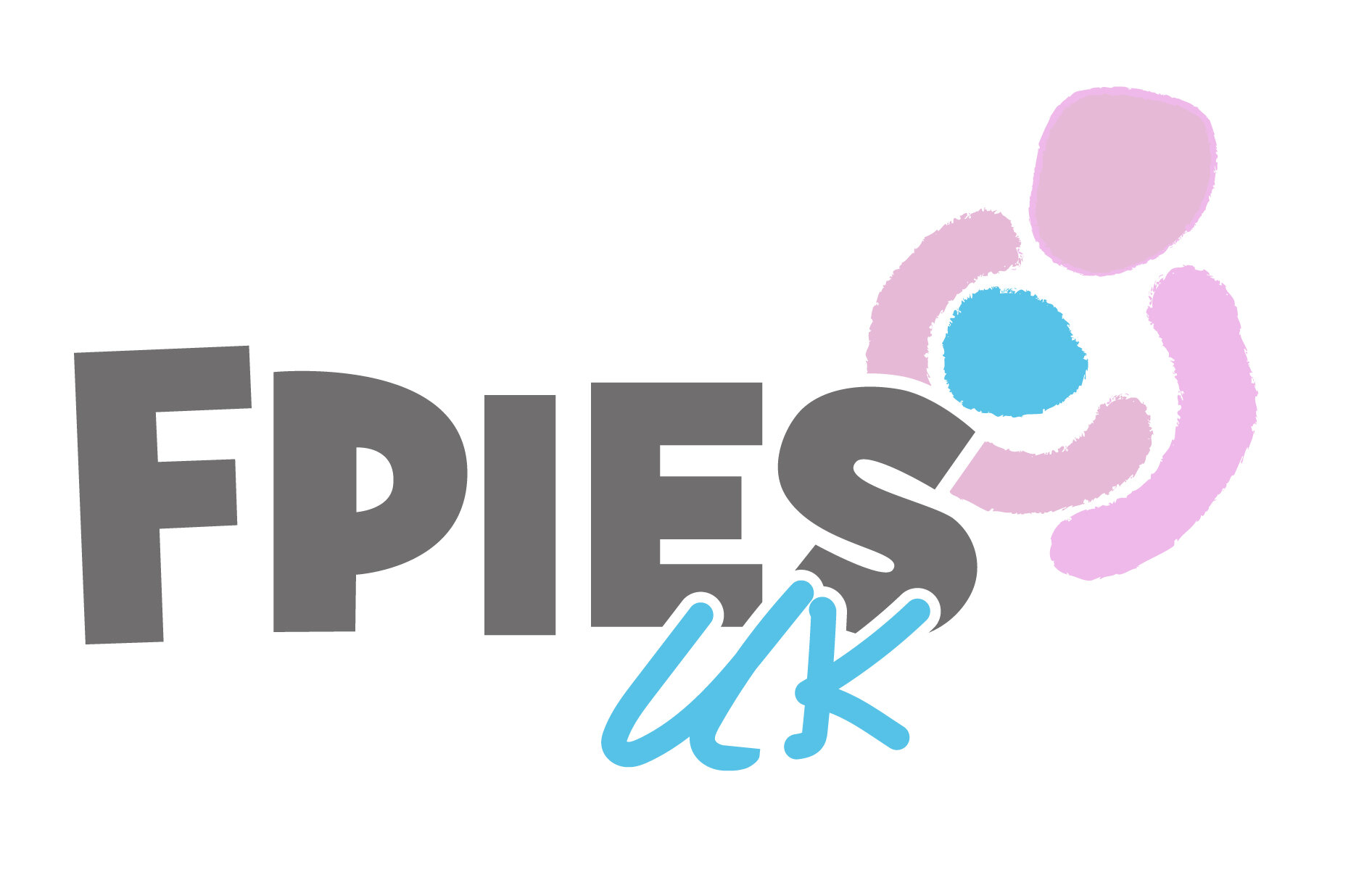introducing complementary foods and fpies
NEW FOODS
Introducing new foods to a baby/child with FPIES can seem daunting. There is currently no way to test in advance which foods will cause an FPIES reaction for any baby/child, so the only way to find out if a food will cause a reaction is to trial feeing it.
New foods are ideally introduced one at a time, so that if there is any reaction it will be easier to identify the culprit food.
Whilst any food can be a potential trigger for an FPIES reaction, we know that some foods are more commonly found to be FPIES triggers (so more likely to cause a reaction) and some foods are uncommon FPIES triggers (so less likely to cause a reaction). The decision about the order in which to introduce new foods also depends on a number of other factors, including which foods they have already reacted to and whether their diet may be lacking any nutrients. Ideally this decision should be a joint decision between you and your medical team/specialist dietician.
We recognise that not everyone has access to an experienced medical team and some of you may need to begin weaning whilst you are waiting to be referred/seen. Our information sheet has been drawn up by a group of specialist paediatric dieticians, and provides some general advice about adding foods in babies/children with FPIES. This advice is not meant to be a substitute for proper medical advice and is merely a place to start.
How much? how often?
We cannot over stress the importance of working with a knowledgeable dietitian to formulate a weaning plan.
For high risk foods and foods whose protein structure is altered by baking e.g. egg and milk a ladder approach may be useful. Please contact your dietitian for more information prior to trialling.
It is very important that the food to be trialled should contain only one ingredient. This is true of alternative milks containing fruit juices and thickeners, the main ingredient should ideally be trialled on its own first. It is probably best at first to buy the food fresh (and possibly organic) and prepare it by washing, peeling, boiling in water and pureeing (if applicable).
During food trials any foods that are already well tolerated can be given alongside the food to be trialled. Most parents choose to give the new food in the morning so that any reaction will be during daytime hours. It is best to ignore the idea of breakfast, lunch and dinner altogether. If the trial is beef then your baby will have beef for breakfast, not traditional but it's no big deal either.
How many triggers?
The majority of children only have one or two FPIES trigger foods. In rare cases some may have as many as 6 or 7 foods which cause acute reactions. Also, It is also possible for children with FPIES to also have milder non-IgE mediated allergies to multiple foods.
DISCLAIMER: FPIES UK is a support, education and awareness resource. Information placed here is not intended to be taken as medical advice. This website is not intended to be a substitute for medical care. Always consult a doctor or dietitian for individual advice, diagnosis and treatment.
Feeding Information Video
FPIES UK Medical board dietitian Dr. Rosan Meyer talks about FPIES and it's management.

